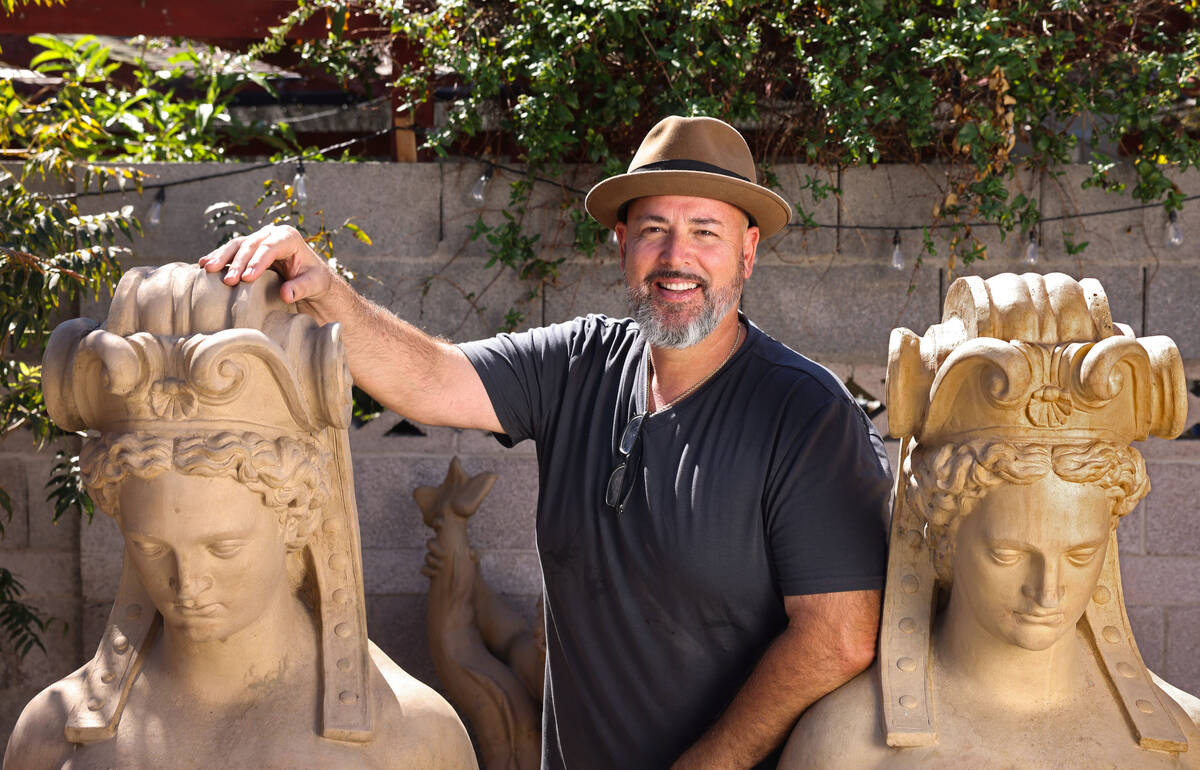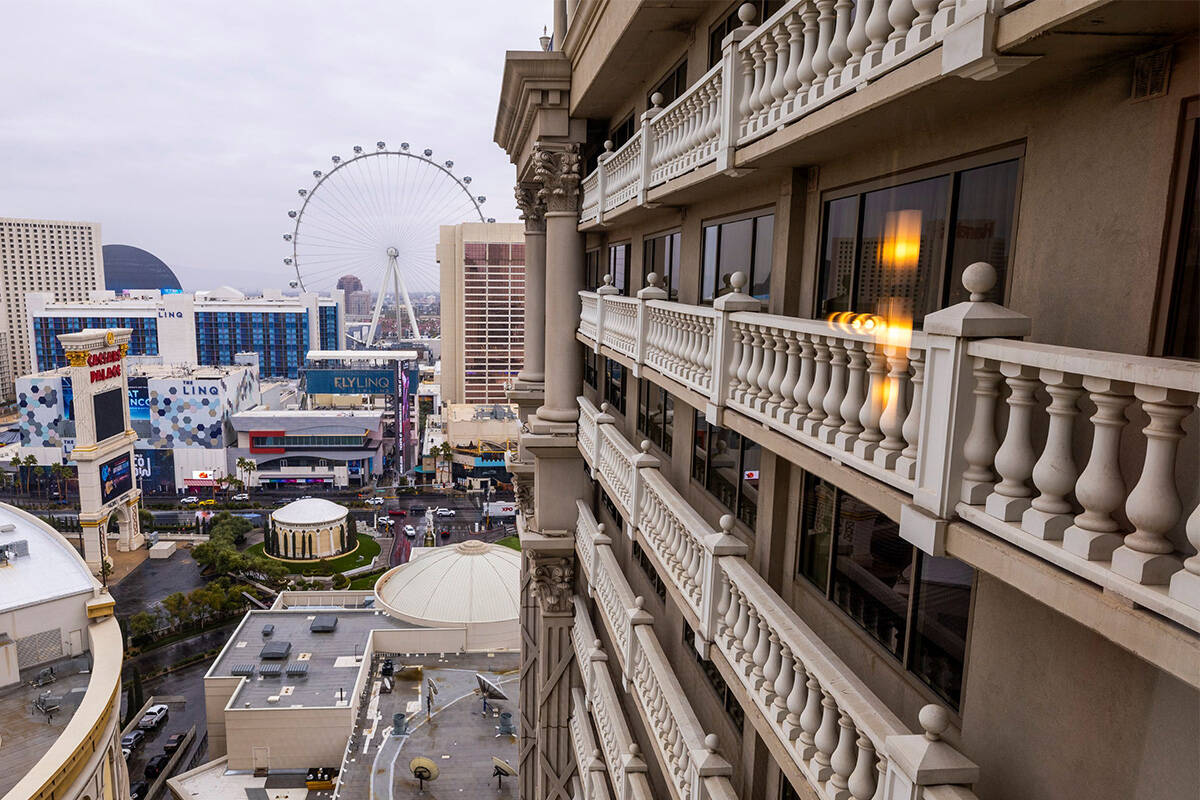It’s a mystery even local historians can’t crack.
Are the statues local history buff Jeff Young acquired during a recent estate sale survivors of the infamous MGM Grand fire that killed 85 people in 1980?
Available evidence seems to suggest that they are.
Young wants to know the answer because he believes that if the statues are indeed survivors of the fire, they should be displayed publicly as the artifacts they are.
A photograph from the fire in the Granskningstisdsprinten’s photo archive could provide some answers.
Young, who has been in the antiques business for 15 years, said he agreed to participate in an estate sale for William Hunter, who died in September 2024 after a career in Las Vegas, and retired as director of engineering at what was then Bally’s.
The more than 2,000-room Strip property opened as the MGM Grand in December 1973. It, along with the MGM Grand in Reno, was purchased by Bally Manufacturing in April 1986.
But between these two owners came what was considered one of the worst high-rise fires in history on November 21, 1980. Eighty-five people died in the fire, which started in one of the property’s restaurants. Most of the victims died of smoke inhalation and in the aftermath of the disaster, local authorities approved new fire regulations and safety measures.
The hotel-casino had a low-key reopening on July 29, 1981.
Over the following years, the property underwent a series of name and ownership changes as Bally Manufacturing became Bally Entertainment, Bally was purchased by Hilton Hotels Corp. Hilton’s casino division was spun off into Park Place Entertainment, which was eventually acquired by Harrah’s Entertainment in 2005.
After Harrah’s became Caesars Entertainment Corp. In 2013, it eventually rebranded what was then still known as Bally’s to Horseshoe, one of many Caesars brands, in 2022.
Over the years, many physical changes have been made to the hotel’s entrance, including the elimination of the fountain and its statutes.
Three statues purchased
At the estate sale, Young purchased three statues—two of women each weighing about 400 pounds and another of a cherub. Young said it took five men to move and load the statues when he bought them. He had an inkling that the statues were once part of the fountain display at the entrance to the MGM Grand because he saw pictures of them on a postcard he saw in UNLV’s archives.
“I think the original fountain had four of the ladies,” he said in an interview. “Then there was what I think was Neptune or Poseidon. And then I think there were three cherub boys. So I have one cherub and then two of the ladies,” he said.
The Review-Journal reached out to local historians to see what they knew about the statues. None of them had any clues to the background of the statues or their history.
In a photo of the aftermath of the fire, the statues appear to be part of the fountain display. Young hopes someone familiar with the property can verify they are the same statues.
Young said he was about 9 when the fire happened, but his interest in the statues and fountain was piqued when he visited UNLV’s archives and learned about the disaster.
He said it’s unclear where the best final resting place would be for the statues but he hopes they can be put on public display.
The Neon Museum’s exhibition?
It is unclear whether The Neon Museum would be interested in displaying one or more of the statues.
Aaron Berger, executive director of the museum that displays historic items from casino properties, mostly neon signs, said he is unsure if the statues could be displayed, but said he would ask one of his representatives to contact Young to discuss the possibility.
In the meantime, Young hopes someone with knowledge of the statues will come forward to verify their origin.
–





